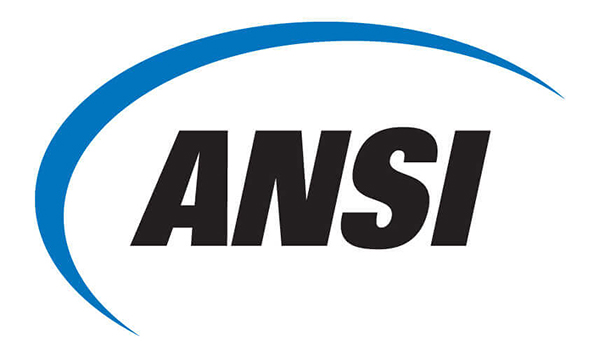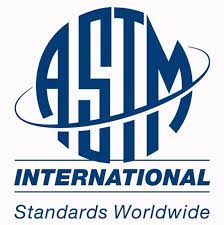ISO 13849-1:2015 provides safety requirements and guidance on the principles for the design and integration of safety-related parts of control systems (SRP/CS), including the design of software. For these parts of SRP/CS, it specifies characteristics that include the performance level required for carrying out safety functions. It applies to SRP/CS for high demand and continuous mode, regardless of the type of technology and energy used (electrical, hydraulic, pneumatic, mechanical, etc.), for all kinds of machinery.It does not specify the safety functions or performance levels that are to be used in a particular case.This part of ISO 13849 provides specific requirements for SRP/CS using programmable electronic system(s).It does not give specific requirements for the design of products which are parts of SRP/CS. Nevertheless, the principles given, such as categories or performance levels, can be used.NOTE 1 Examples of products which are parts of SRP/CS: relays, solenoid valves, position switches, PLCs, motor control units, two-hand control devices, pressure sensitive equipment. For the design of such products, it is important to refer to the specifically applicable International Standards, e.g. ISO 13851, ISO 13856‑1 and ISO 13856‑2.NOTE 2 For the definition of required performance level, see 3.1.24.NOTE 3 The requirements provided in this part of ISO 13849 for programmable electronic systems are compatible with the methodology for the design and development of safety-related electrical, electronic and programmable electronic control systems for machinery given in IEC 62061.NOTE 4 For safety-related embedded software for components with PLr = e, see IEC 61508?3:1998, Clause 7.
ISO 13849-1:2015
https://www.iso.org/standard/69883.html


